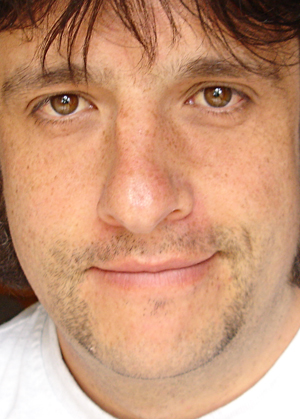About 200 metres from The Lodge (official but generally unused residence of the Prime Miniature of Australia) there is a stench that will "outlast religion" (thanks to Kenny for that one)
It's the smell of death - in particular a road-killed kangaroo that's been there for a few weeks now - and even though it's a rancid thing to ride past every day at my 15 or 16kmh (it's on a slope), I've been able to spin the experience by taking it as a sign of the last days of the Howard government.
So okay, we've got the smell of death between John Howard's house and Parliament but beyond that, isn't it a bit of a stretch? Well maybe but hear me out.
A couple of years ago, in a bid to make sure that noone ever made the mistake of not knowing where every last little porkbarrelled government service came from, our Johnny rebadged (at no small expense) every government department with the very prominent Australian coat of arms featuring an emu and a kangaroo.
Interestingly the kangaroo appears on the left of the coat of arms and in a last ditch bid to make himself appealing to "all Australians" (a.k.a the people he promised to govern for in 1996), Howard has been trying to drag his tired old frame to the left - discovering a magic new support for Aboriginal reconciliation, embracing the socialised health system Medicare that he'd previously pledged to "sink the knife into and destroy it for once and for all" and promising to dole out welfare payments (to the middle-class and rich at least) like there's no tomorrow.
Now let me draw a slightly longer bow here just to enhance my point - John Howard is a self-described cricket tragic and you get the feeling that given the chance, he'd probably jump the decaying bones of former Australian cricket captain Don Bradman. Captain is also sometimes known as the skipper and Skippy was a popular 1960's tv show about - you guessed it - a kangaroo.
Given that Howard has managed to drag Labor leader Kevin Rudd to the right, presumably that makes him the emu (if this whole thing is going to work.)
Spooky huh?
(I really have a lot of time to think about crap on my morning bike ride :)






